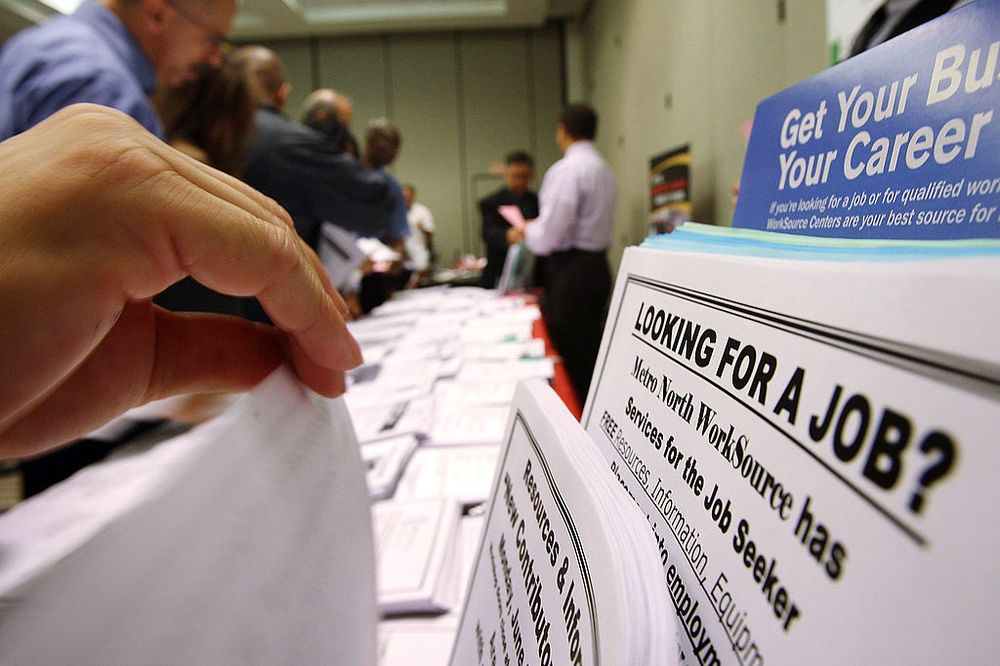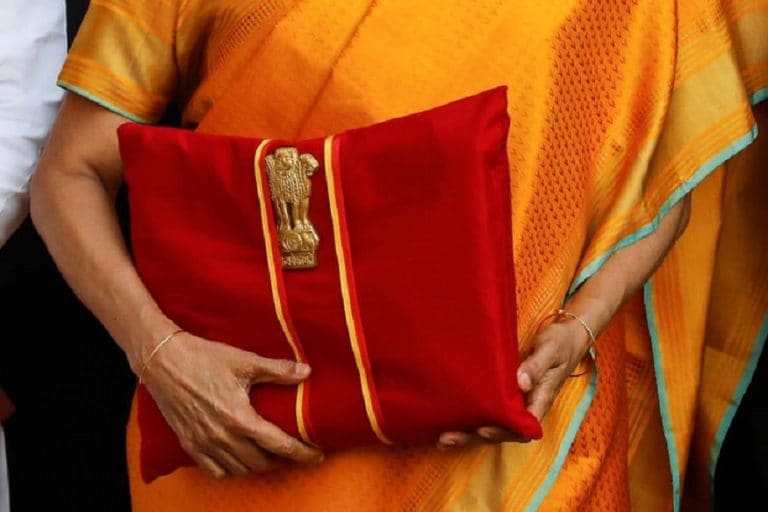With the pandemic and the economic slowdown, fresh graduates and postgraduates bear the unemployment market’s brunt. As the government prepares for the Budget Session, it should aim for a policy that enables growth in the job potential sector, says NITYA CHAKRABORTY.
——-
THE Narendra Modi Government’s first budget during the pandemic is being presented on February 1 this year. The pandemic and lockdown battered Indian economy is looking for a recipe that should be of relief to those who have been most affected and still distressed during the present fiscal. They are primarily, the jobless, the young entrants to the employment market, small businessmen and unorganised workers including the rural poor.
The young people in the country are now the most suffering lot as far as the employment market is concerned.
The slowdown in the last three years in the Indian economy has been followed by the corona pandemic which was followed by the lockdown in various phases in the current fiscal year of 2020-21, which has affected mostly the young workers.
THE CURRENT JOB MARKET AND SLOW RECOVERY
Higher job losses among those below the age of 40 have resulted in an ageing workforce, which is not favourable for a strong recovery of the Indian economy, according to the Centre for Monitoring Indian Economy(CMIE).
There are signs of recovery in the third quarter of the current fiscal, and it may continue in the last quarter of 2020-21. This is a good sign, but the disquieting fact is that this recovery takes place with job cuts and no fresh employments. It is a job shrunk recovery, and it mostly affects young people and those who have just come out of colleges and universities to look for employment.
The entire emphasis has to ensure that while focusing on high technology, the labour-intensive sectors get a big emphasis to absorb the burgeoning young labour force.
This is a precarious situation for the policymakers, and as of now, indications are that the Narendra Modi government in its eighth budget after it came to power in 2014 still clings to the old policy of growth without caring for its job generation potential.
The private investors are still not in a mood to invest as the demand level has not picked up to their expectations.
The government cannot depend on them for economic revival. In 2021, the centre has to take main responsibility for investment without caring for restricting fiscal deficit.
The present situation calls for highly innovative programmes, leading to substantial job generation in a planned manner. The entire emphasis has to ensure that while focusing on high technology, the labour-intensive sectors get a big emphasis to absorb the burgeoning young labour force.



WHAT DOES DATA TELL US?
Recent CMIE data shows that the share of over 40 years of age, 56 percent in 2019-20 increased to 60 percent by December 2020.
“The share of the relatively young has correspondingly shrunk. This ageing of the workforce again does not bode well for a stronger recovery in the second half of 2020-21 or in the future,” it said.
Graduates and postgraduates had a 13 percent share in total employment in 2019-20.
Their share in the loss of jobs was 65 percent. As per the CMIE, out of the 14.7 million jobs lost, 9.5 million were graduates and postgraduates. This is a very disquieting development. Our demographic advantage is the highly skilled people among the graduates and postgraduates who are losing their jobs.
The CMIE data show that job losses were concentrated among the younger workers. All age groups below 40 suffered a fall in employment until December 2020, while all age groups above 40 years of age have seen a small employment gain.
Further, salaried employees who accounted for 21 percent of total employment in 2019-20, accounted for 71 percent of the total job losses.
Nearly 15 million fewer people were employed in December 2020, nine months after the lockdown hit people’s livelihood compared to those employed before the lockdown in 2019-20.
Those who lost jobs were concentrated in urban regions, among women, among the relatively younger workers, the graduates and postgraduates and the salaried employees.
It is imperative that direct transfer of funds in the form of universal basic income be implemented for a short period to enable the distressed to spend funds and pep up demand.
This scenario has to change, and as many leading economists like Dr. Pranab Bardhan have said that for India, it is imperative that direct transfer of funds in the form of universal basic income be implemented for a short period to enable the distressed to spend funds and pep up demand.
This programme has made some success in some Latin American countries, and this has big potential in India in the present period in contributing to economic revival.
The fact is that both in the slowdown and lockdown, the poor have been affected most.
The earnings in general of common masses have gone down, and the rich have become richer widening the inequality in Indian society. This has to be stopped.
The Modi government may plan for a new India after five or ten years but for now, let this budget be the vehicle for job-oriented growth which gives some hope to the young workforce. That is the minimum that the people are looking for from Finance Minister Nirmala Sitharaman’s third budget.(IPA Service)
(Nitya Chakraborty is a veteran journalist and the editor-in-chief of India Press Agency.)


